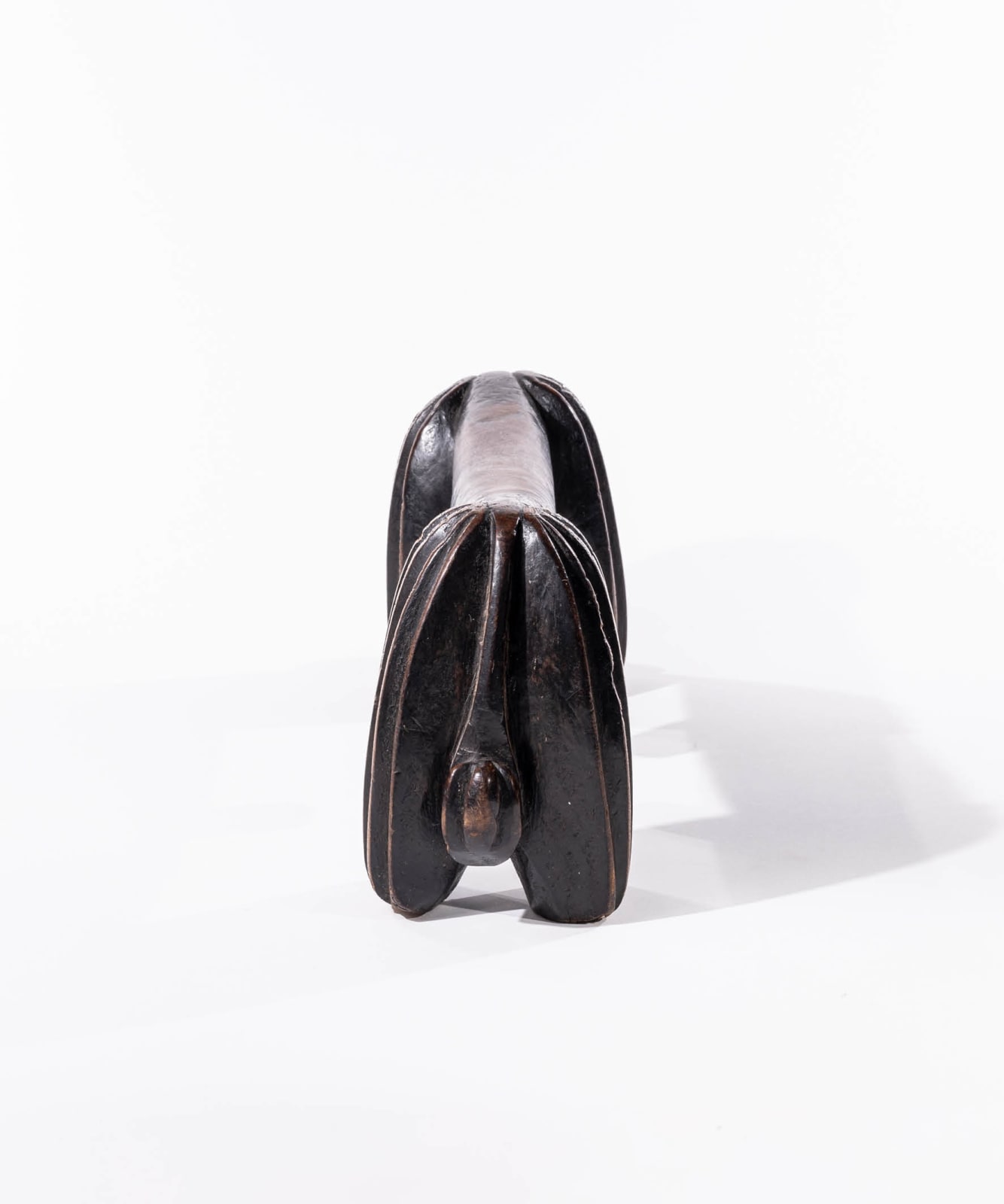Anonymous Swazi artist
5 7/8 x 16 1/2 x 4 in
Further images
Provenance
Acquired in the 1870s by Charles Everard
By descent through family, 1999
Sotheby's, New York, 19 November 1999, lot 350.
Terence J. Pethica Collection, Coleshill, Buckinghamshire, UK (TP011)
Douglas Barrett, London, UK, 2022
Duende Art Projects, Antwerp, Belgium, 2022
Publications
Klopper (Sandra), Nettleton (Anitra) & Pethica (Terence J.), "The Art of Southern Africa. The Terence Pethica Collection", Milan, 2007, pp. 138-139, #104
let's keep in touch
Join our community & never miss out on a DUENDE moment from now on
* denotes required fields
We will process the personal data you have supplied to communicate with you in accordance with our Privacy Policy. You can unsubscribe or change your preferences at any time by clicking the link in our emails.













